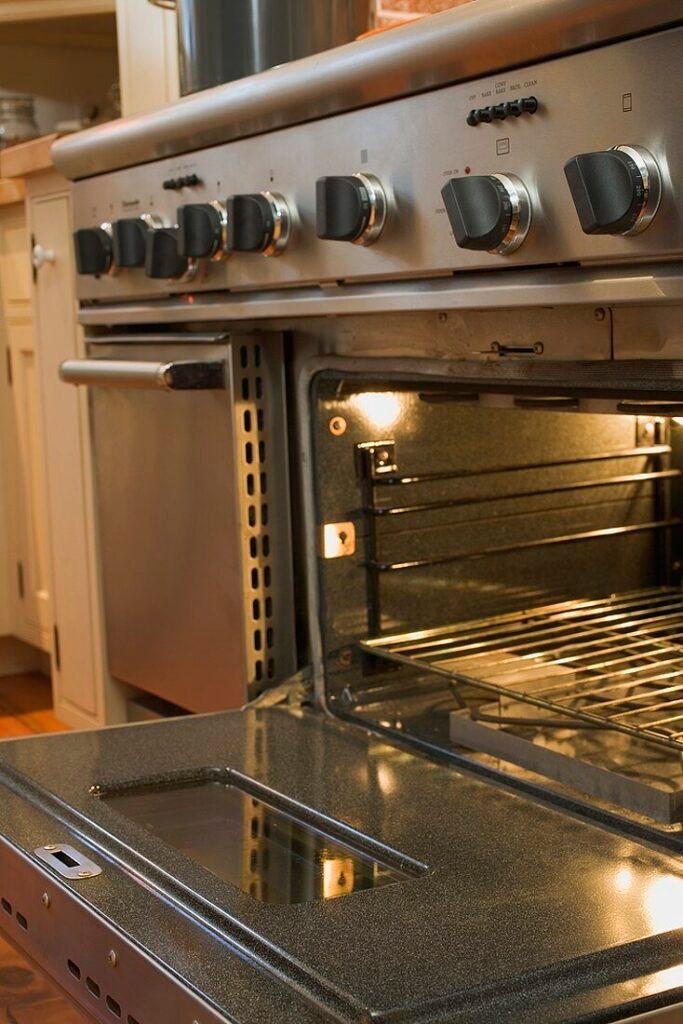When a recipe specifies 180°C, it refers to a moderate oven temperature commonly used for baking and roasting. This setting is equivalent to 350°F, which is a standard medium heat level found on many ovens. Cooking at this temperature ensures food cooks evenly without burning the outside too fast.
Since some ovens do not show the exact equivalent of 356°F, 350°F is generally used as the closest practical setting. Being familiar with this conversion helps people follow recipes more accurately, regardless of whether their oven uses Celsius or Fahrenheit scales. This understanding makes cooking and baking more consistent and straightforward.
Understanding 180°C in the Oven
Conversion of 180°C to Fahrenheit
The temperature 180°C is commonly used in cooking and corresponds to 356°F in the Fahrenheit scale. This exact conversion applies mainly for those using ovens displaying temperatures in Fahrenheit, such as in the United States. The formula to convert from Celsius to Fahrenheit is:
F = (C × 9/5) + 32
Using this, 180°C converts to 356°F. While many recipes list 350°F as the equivalent, 356°F is the precise value. This temperature is considered moderate, suitable for a variety of dishes.
Related: 180 C to F
Equivalent Gas Mark Setting
In the UK, ovens often use the gas mark system instead of numeric temperature readings. The equivalent gas mark for 180°C is Gas Mark 4. Gas marks range from low to high—usually Gas Mark 1 for low heat up to Gas Mark 9 for high heat.
Gas Mark 4 falls in the medium heat range and is widely used for baking cakes, biscuits, and roasting meats. Correctly matching the gas mark setting ensures recipes are followed accurately, especially traditional ones.
Typical Cooking Purposes at 180°C
180°C is a versatile temperature used for a broad array of cooking needs. It is ideal for baking cakes and cupcakes because it allows the batter to cook evenly without burning. This temperature also works well for roasting vegetables and chicken, as it promotes browning while keeping the food moist. Foods like cookies and pastries develop good colour and texture at this heat. Many recipes recommend 180°C as a standard setting for reliable results.
Why Oven Calibration Matters
Ovens can vary in actual temperature, even when set to the same value. This means an oven set to 180°C might run hotter or cooler than expected. To ensure accuracy, calibration is important. Using an oven thermometer, cooks can check if the oven’s true temperature matches the dial setting.
If deviations of 10 to 20 degrees are detected, adjustments help improve cooking outcomes. Proper calibration at 180°C is critical because many recipes depend on this moderate and balanced heat level for consistent results.
Quick Reference Table
| Scale | Equivalent Temperature | Cooking Role |
|---|---|---|
| 180°C | 356°F | Medium heat for baking/roasting |
| Gas Mark 4 | – | Medium heat on gas ovens |

